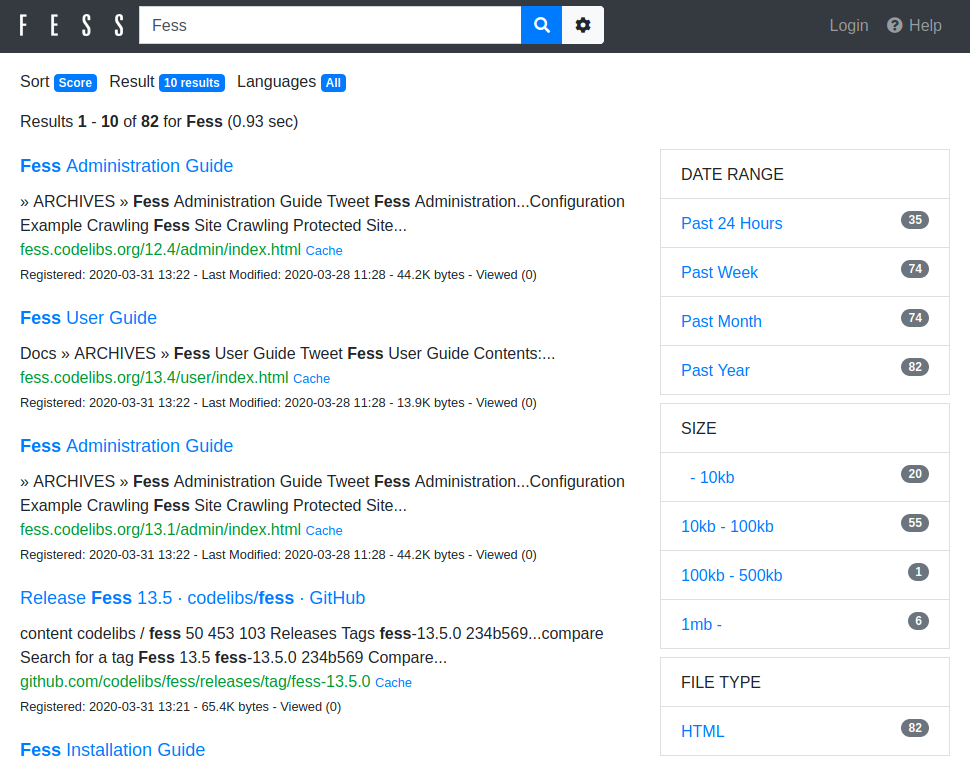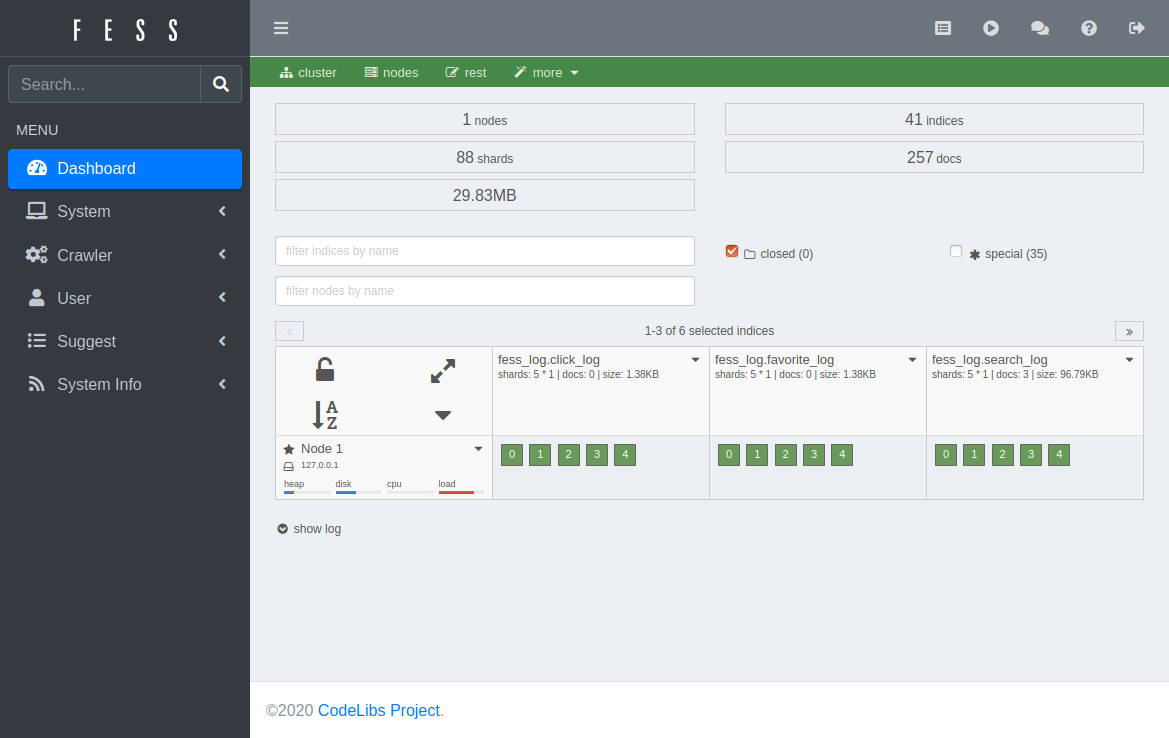- Sort Score
- Result 10 results
- Languages All
Results 1 - 10 of 37 for 8800 (0.08 sec)
-
okhttp/src/jvmTest/kotlin/okhttp3/internal/ws/WebSocketReaderTest.kt
} @Test fun clientTwoFrameHelloWithPongs() { data.write("010348656c".decodeHex()) // Hel data.write("8a00".decodeHex()) // Pong data.write("8a00".decodeHex()) // Pong data.write("8a00".decodeHex()) // Pong data.write("8a00".decodeHex()) // Pong data.write("80026c6f".decodeHex()) // lo clientReader.processNextFrame() callback.assertPong(EMPTY)
Registered: Fri Dec 26 11:42:13 UTC 2025 - Last Modified: Tue Nov 04 16:11:23 UTC 2025 - 14.4K bytes - Viewed (0) -
okhttp/src/jvmTest/kotlin/okhttp3/internal/ws/RealWebSocketTest.kt
server.listener.assertClosing(1000, "Bye!") server.webSocket!!.finishReader() server.listener.assertClosed(1000, "Bye!") } @Test fun emptyCloseInitiatesShutdown() { server.sink.write("8800".decodeHex()).emit() // Close without code. client.processNextFrame() client.listener.assertClosing(1005, "") client.webSocket!!.finishReader() assertThat(client.webSocket!!.close(1000, "Bye!")).isTrue()
Registered: Fri Dec 26 11:42:13 UTC 2025 - Last Modified: Thu Jul 31 04:18:40 UTC 2025 - 18.7K bytes - Viewed (0) -
CLAUDE.md
mvn test -P integrationTests -Dtest.fess.url="http://localhost:8080" -Dtest.search_engine.url="http://localhost:9201" # Run single integration test mvn test -P integrationTests -Dtest.fess.url="http://localhost:8080" -Dtest.search_engine.url="http://localhost:9201" -Dtest=SearchApiTests ``` ### Running ```bash # From IDE: Run main method in org.codelibs.fess.FessBoot # Access at: http://localhost:8080/ # Admin UI: http://localhost:8080/admin/ (admin/admin)
Registered: Sat Dec 20 09:19:18 UTC 2025 - Last Modified: Fri Nov 28 16:29:12 UTC 2025 - 4.8K bytes - Viewed (0) -
README.md
### Browser UI - Search UI: http://localhost:8080/  - Admin UI: http://localhost:8080/admin/ (default username/password is admin/admin) 
Registered: Sat Dec 20 09:19:18 UTC 2025 - Last Modified: Sat Dec 20 00:28:33 UTC 2025 - 7.8K bytes - Viewed (2) -
mockwebserver/src/test/java/mockwebserver3/RecordedRequestTest.kt
), ) val requestLine = decodeRequestLine("CONNECT example.com:8080 HTTP/1.1") val request = RecordedRequest(requestLine, headers, emptyList(), 0, ByteString.EMPTY, 0, 0, socket) assertThat(request.target).isEqualTo("example.com:8080") assertThat(request.url.toString()).isEqualTo("http://example.com:8080/") } @Test fun testAbsoluteForm() { val socket = MockWebServerSocket(Registered: Fri Dec 26 11:42:13 UTC 2025 - Last Modified: Sat Aug 02 20:36:00 UTC 2025 - 5.3K bytes - Viewed (0) -
MIGRATION.md
### 3. Command-Line Import **Using curl with bulk files**: ```bash # Import GSA configuration curl -X POST "http://localhost:8080/api/admin/backup/upload" \ -u admin:admin \ -F "file=@gsaconfig.xml" # Import bulk documents curl -X POST "http://localhost:8080/api/admin/backup/upload" \ -u admin:admin \ -F "file=@documents.bulk" ``` ### 4. Direct Crawler Configuration
Registered: Sat Dec 20 09:19:18 UTC 2025 - Last Modified: Thu Nov 06 12:40:11 UTC 2025 - 23.2K bytes - Viewed (0) -
docs/de/README.md
### Browser-Benutzeroberfläche - Suchoberfläche: http://localhost:8080/  - Administrationsoberfläche: http://localhost:8080/admin/ (Standard-Benutzername/Passwort ist admin/admin) 
Registered: Sat Dec 20 09:19:18 UTC 2025 - Last Modified: Tue Nov 11 22:42:32 UTC 2025 - 7.8K bytes - Viewed (0) -
docs/zh-CN/README.md
### 浏览器 UI - 搜索 UI: http://localhost:8080/  - 管理 UI: http://localhost:8080/admin/ (默认用户名/密码为 admin/admin) 
Registered: Sat Dec 20 09:19:18 UTC 2025 - Last Modified: Tue Nov 11 22:42:32 UTC 2025 - 7K bytes - Viewed (0) -
docs/fr/README.md
### Interface Web - Interface de recherche : http://localhost:8080/  - Interface d'administration : http://localhost:8080/admin/ (nom d'utilisateur/mot de passe par défaut : admin/admin) 
Registered: Sat Dec 20 09:19:18 UTC 2025 - Last Modified: Tue Nov 11 22:42:32 UTC 2025 - 7.9K bytes - Viewed (0) -
docs/pt-BR/README.md
### Interface do Navegador - Interface de Busca: http://localhost:8080/  - Interface de Administração: http://localhost:8080/admin/ (o nome de usuário/senha padrão é admin/admin) 
Registered: Sat Dec 20 09:19:18 UTC 2025 - Last Modified: Tue Nov 11 22:42:32 UTC 2025 - 7.6K bytes - Viewed (0)